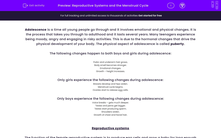Adolescence is a time all young people go through and it involves emotional and physical changes. It is the process that takes you through to adulthood and it lasts several years. Many teenagers experience being moody, angry and engaging in risky activities. This is due to the hormonal changes that drive the physical development of your body. The physical aspect of adolescence is called puberty.
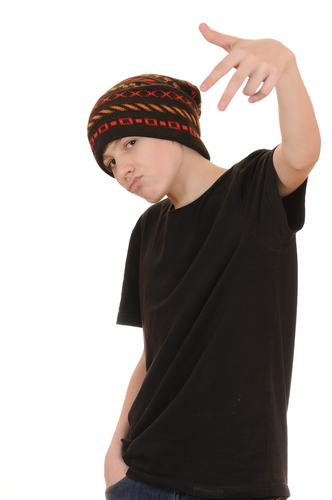
The following changes happen to both boys and girls during adolescence:
Pubic and underarm hair grows
Body smell becomes stronger
Emotional changes
Growth – height increases
Only girls experience the following changes during adolescence:
Breasts develop and hips widen
Menstrual cycle begins
Ovaries start to release egg cells
Only boys experience the following changes during adolescence:
Voice breaks – gets much deeper
Testes and penis get bigger
Testes start producing sperm
Shoulders widen
Growth of chest and facial hair
Reproductive systems
The function of the female reproductive system is to produce egg cells and grow a baby for long enough to be born and survive. The function of the male reproductive system is to produce sperm cells.
The parts of the male reproductive system:
There are two testes contained in the scrotum. The testes produce sperm cells and the male sex hormone – testosterone.
Glands produce nutrients to keep the sperm alive in a fluid called semen.
The sperm ducts are tubes that carry sperm to the penis.
The urethra carries urine or sperm out of the body.
The penis swells with blood and stiffens during an erection. This leads to sperm being carried through to be released into a female during sexual intercourse.
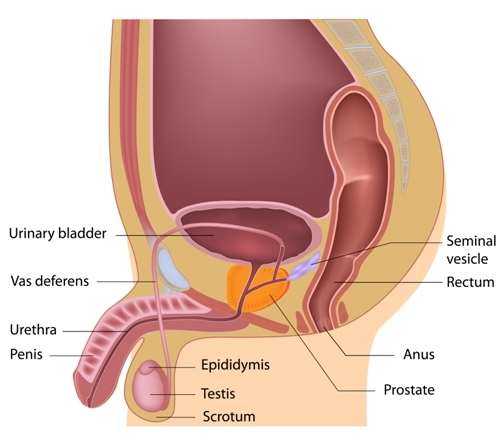
The parts of the female reproductive system:
The ovaries contain egg cells and one egg is released each month.
The oviducts or fallopian tubes carry the egg released to the uterus.
The cervix is a muscle ring that protects the entrance of the uterus and keeps the baby in place when a woman is pregnant.
The vagina is where the penis enters the female reproductive system.
The uterus (womb) is where the baby develops until it is born.
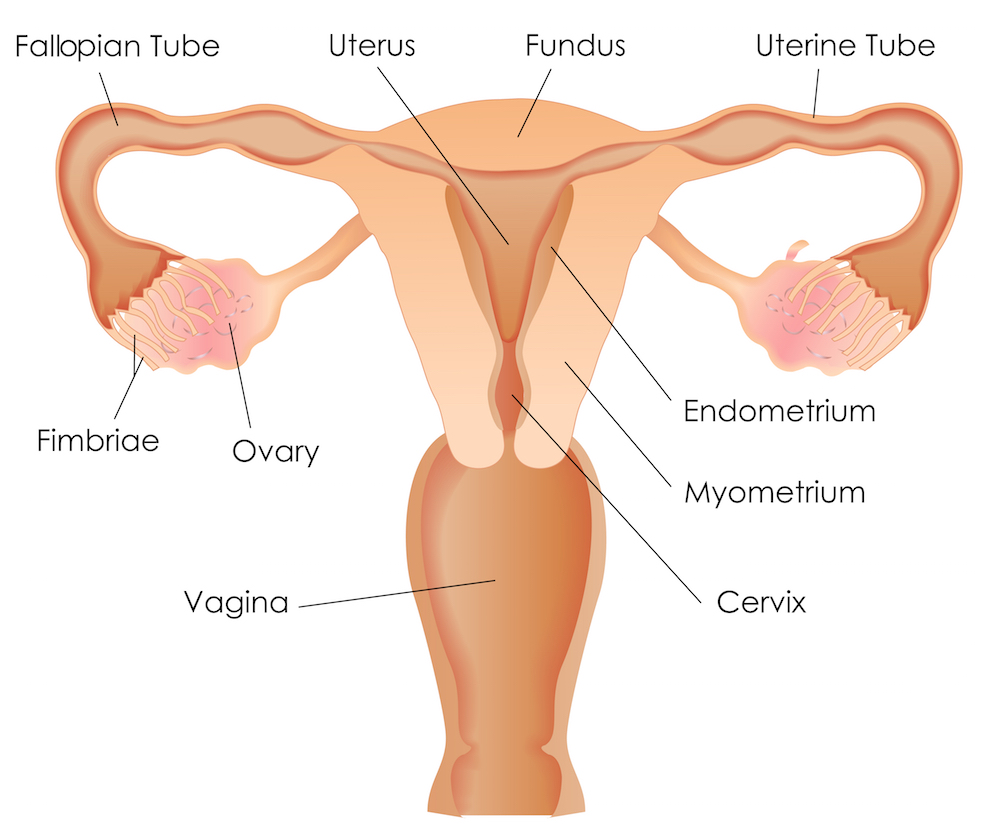
The menstrual cycle
The start of the menstrual cycle is a very important part of female adolescence: it prepares the uterus to accept a new fertilised egg and to develop it to a baby. The diagram below describes the stages of the menstrual cycle and explains why each one is necessary. Note that the cycle begins with day 1, which is the day a girl gets her period each month. Usually, the cycle lasts 28 days, but it may vary in individuals.
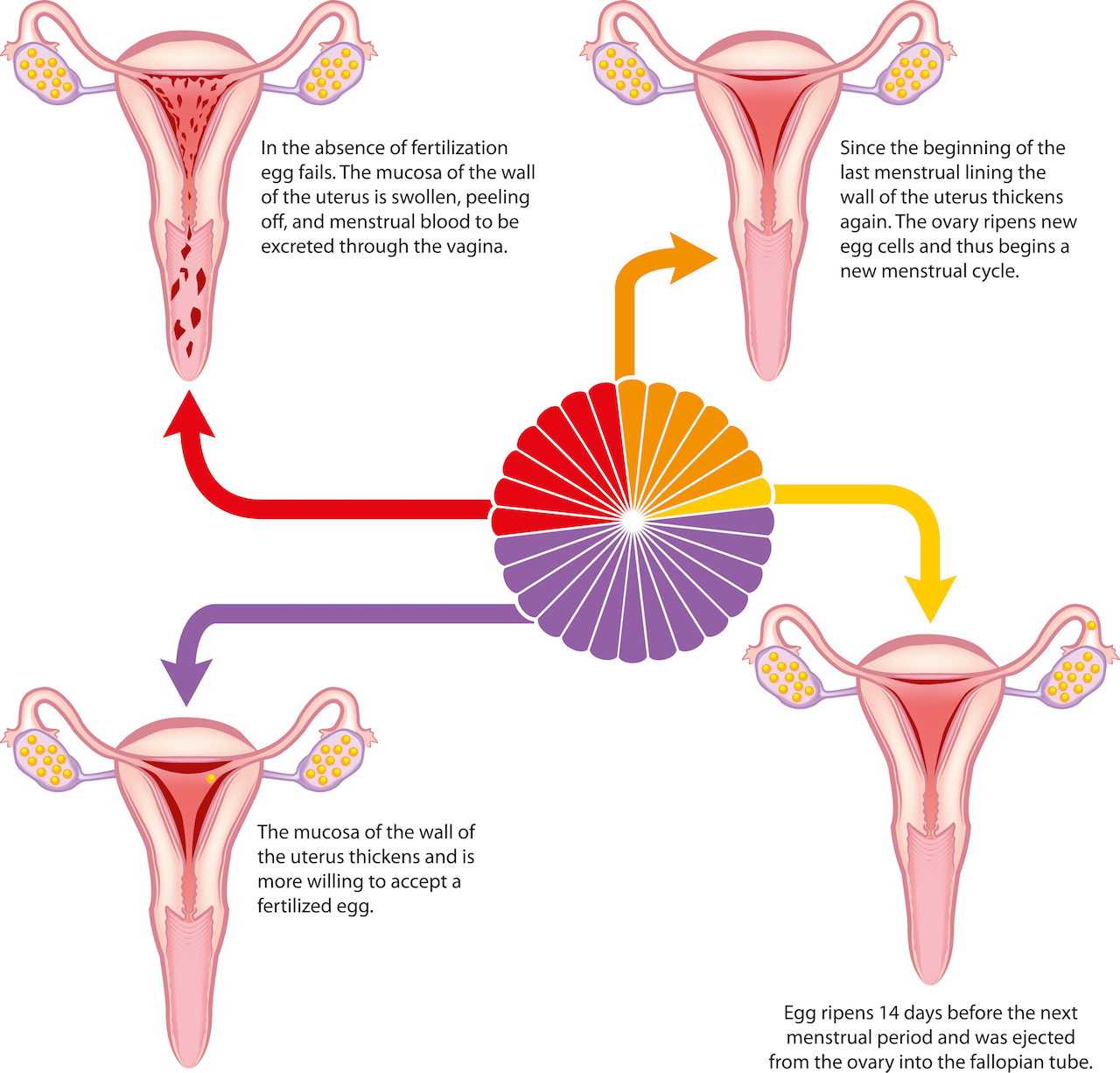
Let's test out our knowledge in the following questions.

